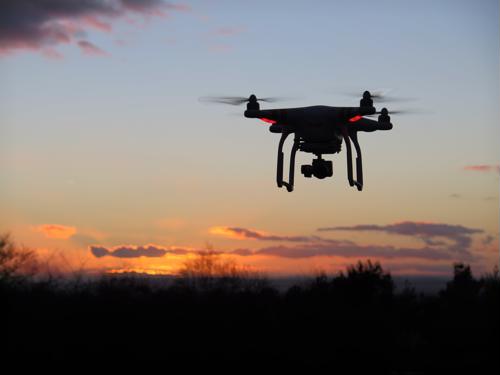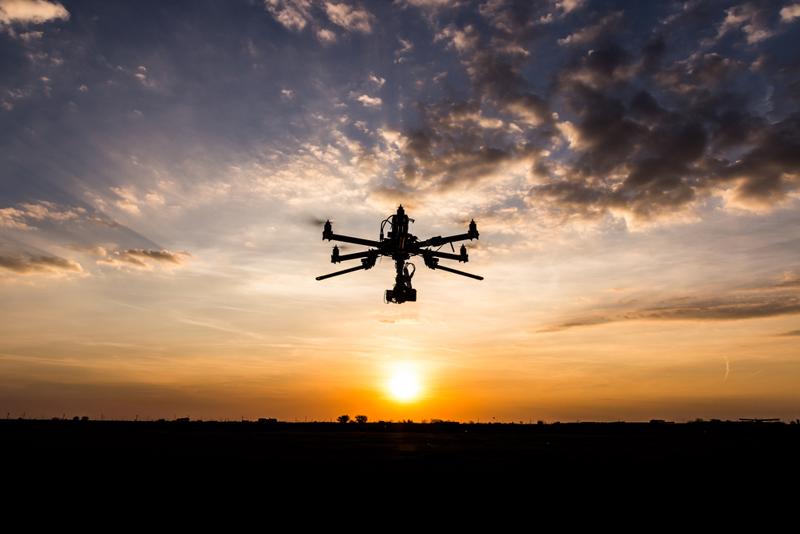
The U.S. military embraces new technology
By Max BurkhalterNovember 9, 2016
For centuries the U.S. military has driven innovation here and abroad, developing many of the technologies that power the modern world. The Defense Advanced Research Projects Agency, the agency responsible engineering cutting-edge combat equipment, has churned out a number of essential innovations over the years, including the global positioning system, the lithium battery, the microprocessor and the internet, according to Business Insider.
Today, DARPA and its private and public partners continue to explore new technologies, many of which rely on the power of web connectivity.
Artificial intelligence on the rise
Over the last year, Defense Secretary Ash Carter has made a number of trips to Silicon Valley to consult with technology firms in the region, The New York Times reported. Why? Carter and his colleagues want to integrate artificial technology into new and existing combat devices and systems.
Military officials envision a future in which autonomous gear replaces human soldiers. With the expanded use of armed drones, most have already seen how future conflicts of this kind may play out. Of course, human operators control these vehicles. Models equipped with AI, on the other hand, will use actionable data to analyze specific situations and make their own decisions, taking military personnel out of the loop.
In June, the DoD released an extensive report that details some of its ongoing projects in this area. Currently, the agency is working on a wide range of AI-powered drones that perform a variety of functions. Some are designed to swarm command-and-control centers and jam communication channels, while others provide real-time surveillance.
While exciting, this technology poses serious ethical problems. Many in Silicon Valley are in favor of deploying AI-enabled devices to collect intelligence, solve logistical issues or offer defensive combat support but draw the line at letting loose automated offensive machines.
Researchers and academics have begun exploring these complications. Early this month, Carnegie Mellon University in Pittsburgh formed the an ethics center to dissect AI technology and provide guidance to the public and private entities who intend to use it.
"We are at a unique point in time where the technology is far ahead of society's ability to restrain it," Subra Suresh, president of Carnegie Mellon, explained.
For its part, the DoD has also pointed out the implicit problems that accompany AI-enabled combat devices. Still, the agency and its partners continue to push forward toward new breakthroughs.
With these new discoveries, outdated devices will surely fall by the wayside. The DoD and DARPA have a plan for this equipment, Wired reported. The agencies are currently in the process of rewiring older automated combat devices to act as Wi-Fi hotspots for ground troops. These drones can transfer data to web-enabled devices at a rate of one gigabyte per second, making them as powerful as the average 4G smartphone.

AI technology may soon power military drones.
The remedy to cyberattacks
Today, many battles are fought in the digital realm, with hackers attacking essential networks in an effort to disrupt on-ground operations. This year the military and its partners have dealt with multiple large-scale cyberattacks, some of which originated from state actors. Experts predict that such occurrences will only become more common as technology improves.
With this in mind, researchers at DARPA are quickly developing new methods for protecting America's digital assets, The Washington Post reported.
"The computer security industry is basically a bunch of automated detectors set up to let us know when it's time to call the cavalry - those people who can do the job computers can't," Michael Walker, a program manager for the agency, told the newspaper. "And when we call in the cavalry, most of the time we've already lost."
To stimulate innovation and search for more proactive solutions, DARPA organized the Grand Cyber Challenge, an multi-year event that allows private firms to test automated cybersecurity offerings that could possibly repel hackers with little human intervention. In August, a number of firms showed up in Las Vegas for the final round of the competition, which started in 2014. Three firms walked away with $3.75 million in prize money, while DARPA got its first look at the technology that could stop state-sponsored hackers in their tracks.
"The number of things automated systems can look at is so vast that it changes the game," David Brumley, a professor at Carnegie Mellon and the CEO for the first-place firm ForAllSecure, explained.
Still, such software requires a human touch, as even the most intelligent programs are unable to contextualize data, an essential part of most cybersecurity programs.
With this program up and running, military programmers and security specialists may soon have access to unhackable, automated systems fit for the future of combat.
Perle has partnered with multiple branches of the U.S. military - including the Air Force and Coast Guard - to usher in new technological achievements and bolster America's defenses. Command and control personnel operating across the world deploy mobile communication technology bolstered by our IOLAN+ 4 and 8 port terminal servers, which can withstand the harshest environments.



